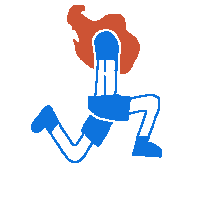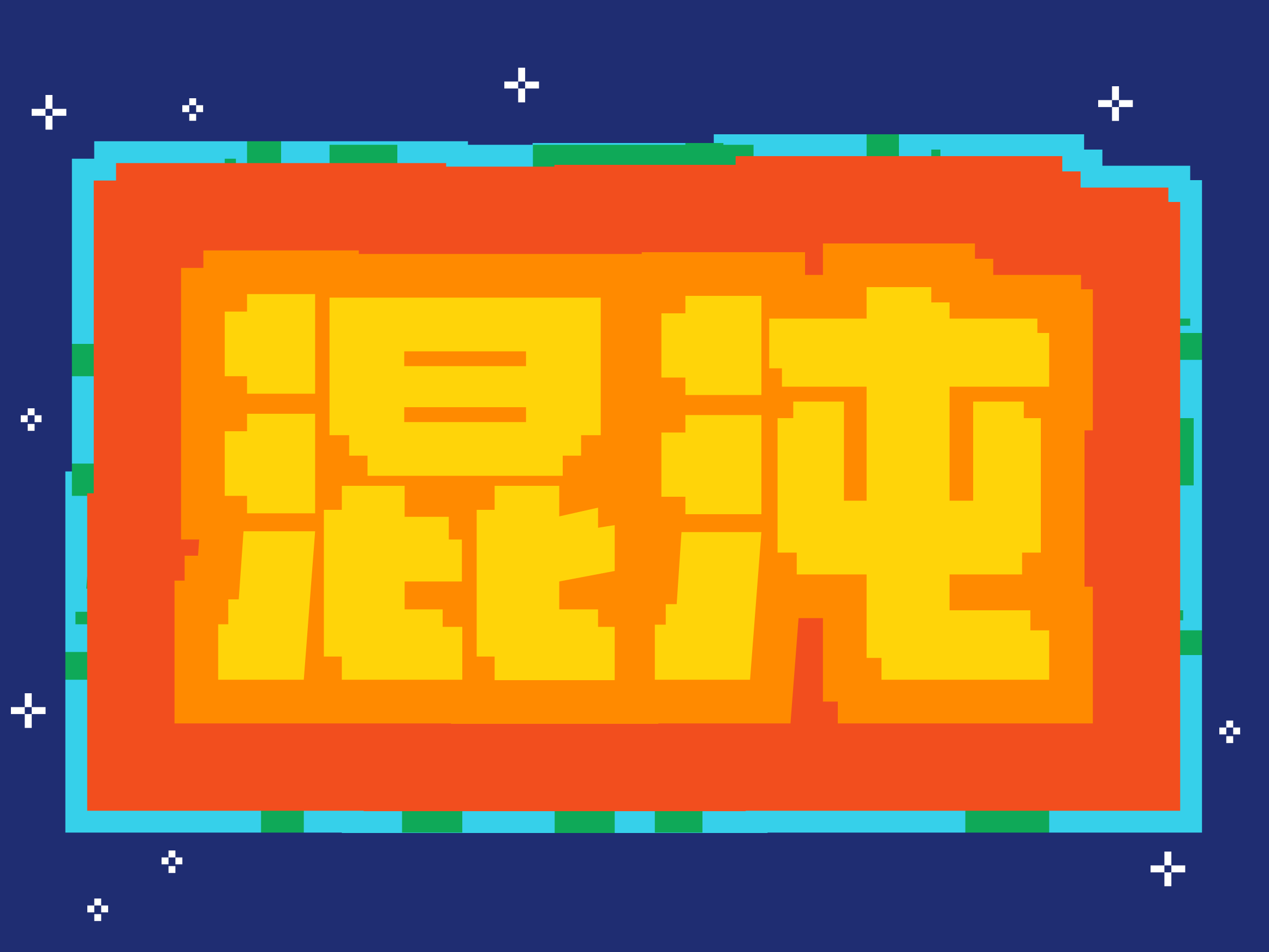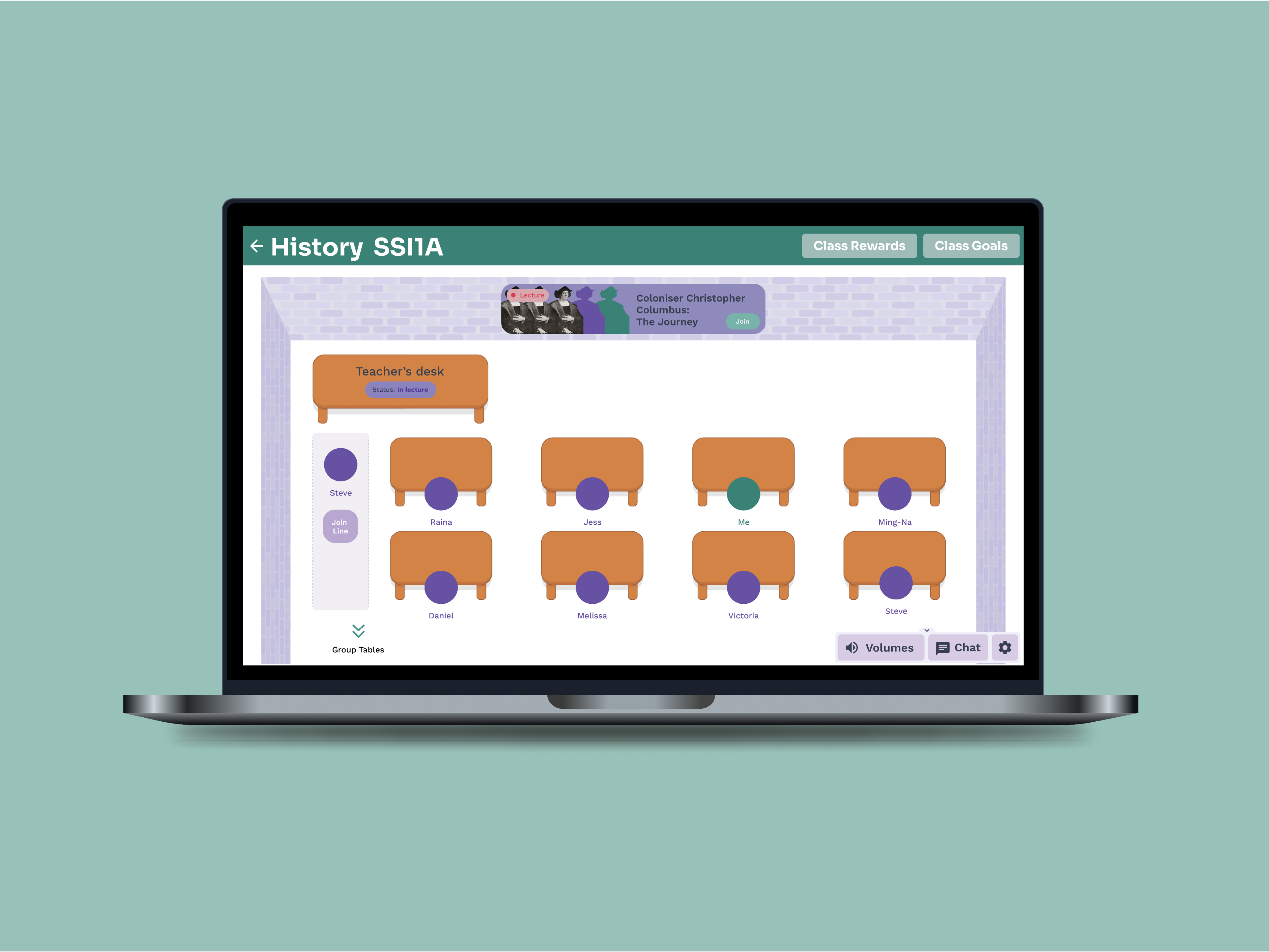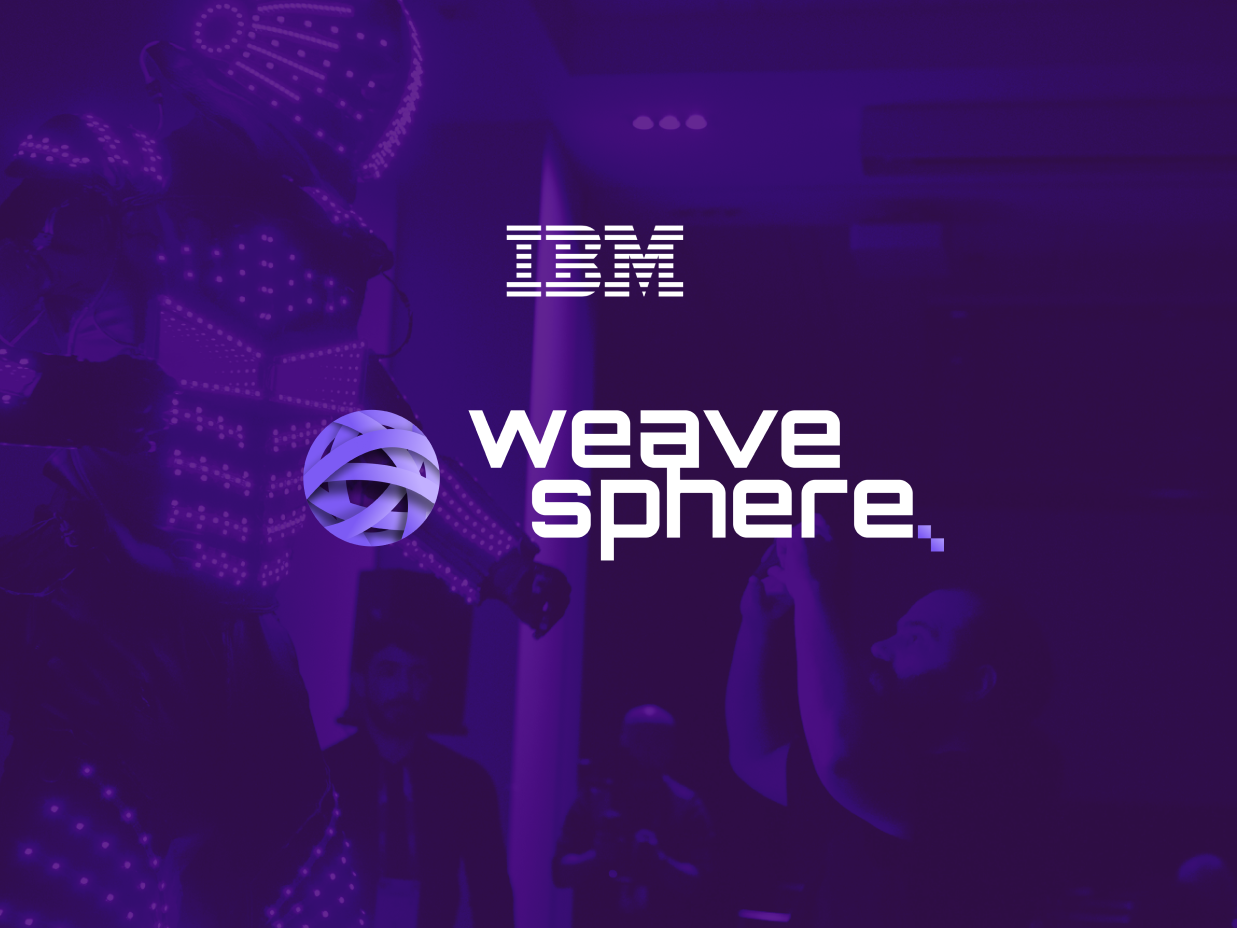Duration: 3 months | Tools: TouchDesigner, Python, OSC, AfterEffects, ElevenLabs, ChatGPT | Team Size: 1
Ghost & The Machine is an experimental live media performance created in collaboration with UKAI Project’s Carnival of Shipwreck (October 2024). Drawing from personal history, Southeast Asian mythology, and feminist horror theory, the piece examines how technology functions as a modern form of haunting—where code, like ritual, has the power to conjure, consume, and reshape reality.
Through a narrative rooted in the figure of the pontianak and the penanggal, the performance weaves together intergenerational trauma, digital infrastructures, and the monstrous-feminine to question what it means to inherit the ghosts of history—both familial and cultural.
Concept & Background
The performance is structured around the idea of code as an incantation. Inspired by the belief that software, like ritual, is capable of transforming the world, Ghost & The Machine draws connections between:
D The Monstrous-Feminine & Horror: Women who transgress societal norms are rewritten as monsters (erased, distorted, and reshaped). The performance mirrors this through procedural generation, noise, and generative AI, unraveling and mutating family archives, vintage horror films, and public domain imagery.
M Computation & Haunting: Investigating how digital systems, patriarchal structures, and national histories encode ghosts into the fabric of technology and identity. Investigating the human decisions and beliefs that underpin digital and folkloric non-human entities.
Z Family & Inheritance: Drawing from personal histories of migration, violence, and memory, questioning what is passed down through generations.
Technology & Interaction: Real-Time Control
The performance was built using TouchDesigner, a node-based visual programming language for real-time multimedia. TouchDesigner handled both visuals and audio, allowing for seamless, dynamic shifts between media throughout the performance.
To create an interactive element, I implemented Mac’s Voice Control, using spoken trigger words to activate scripted events. When detected, these words triggered a Bash and Python script, which sent OSC (Open Sound Control) messages to modify the visuals. Originally, I experimented with Whisper for transcription, but it proved excessive and slow for real-time performance needs.
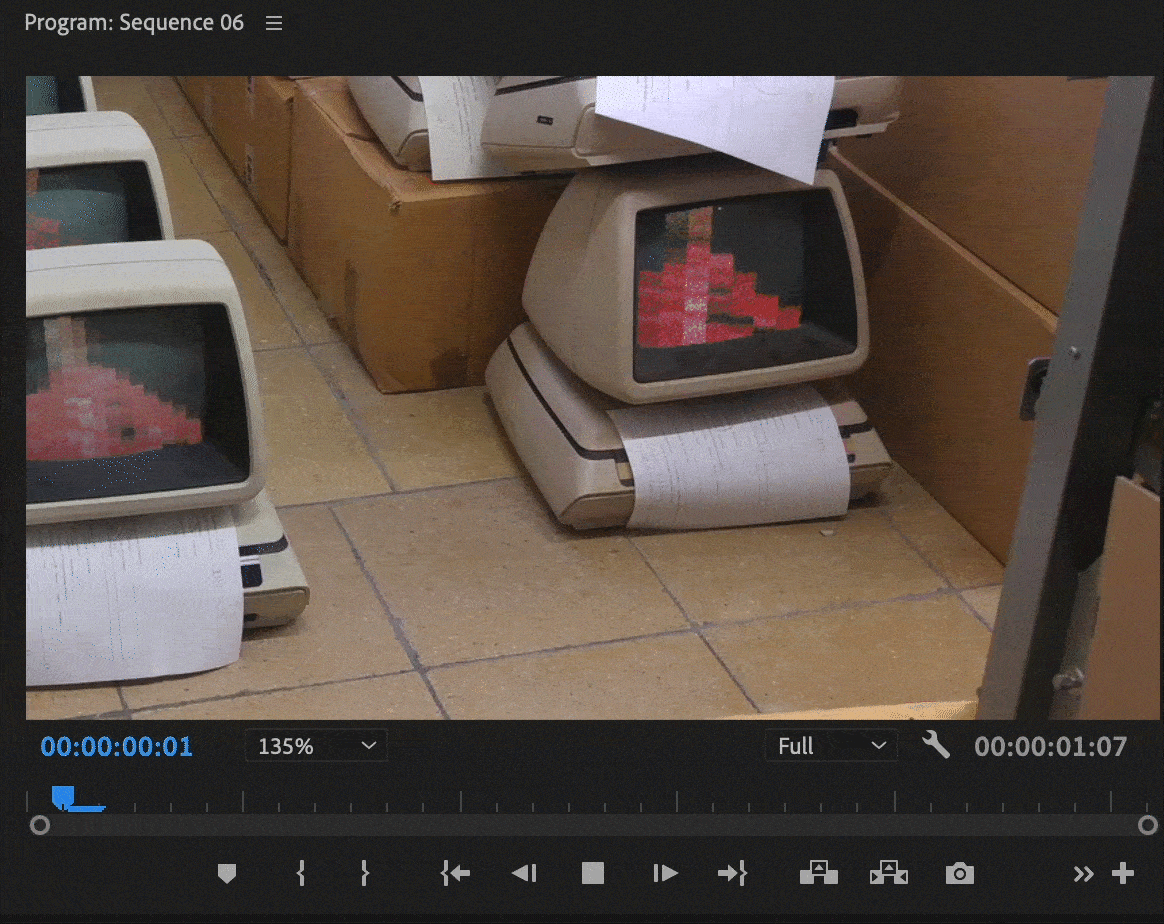
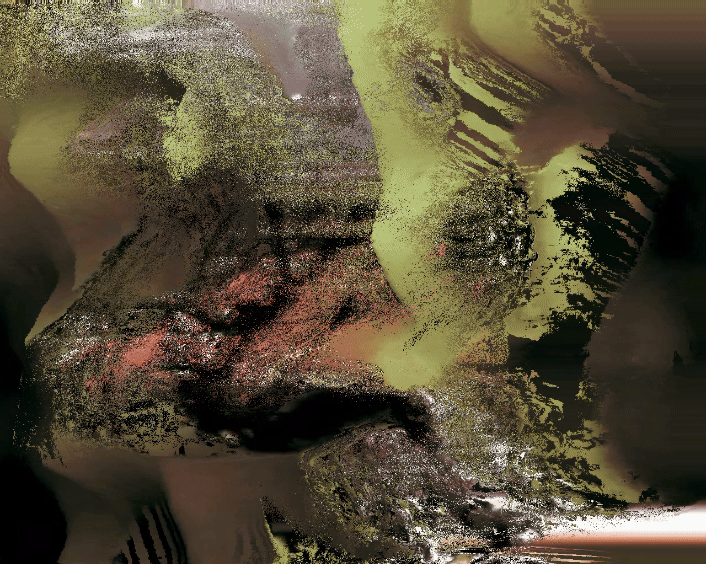


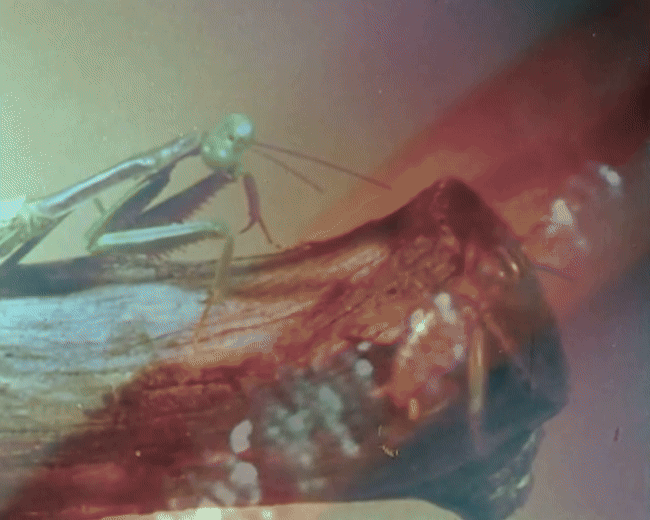

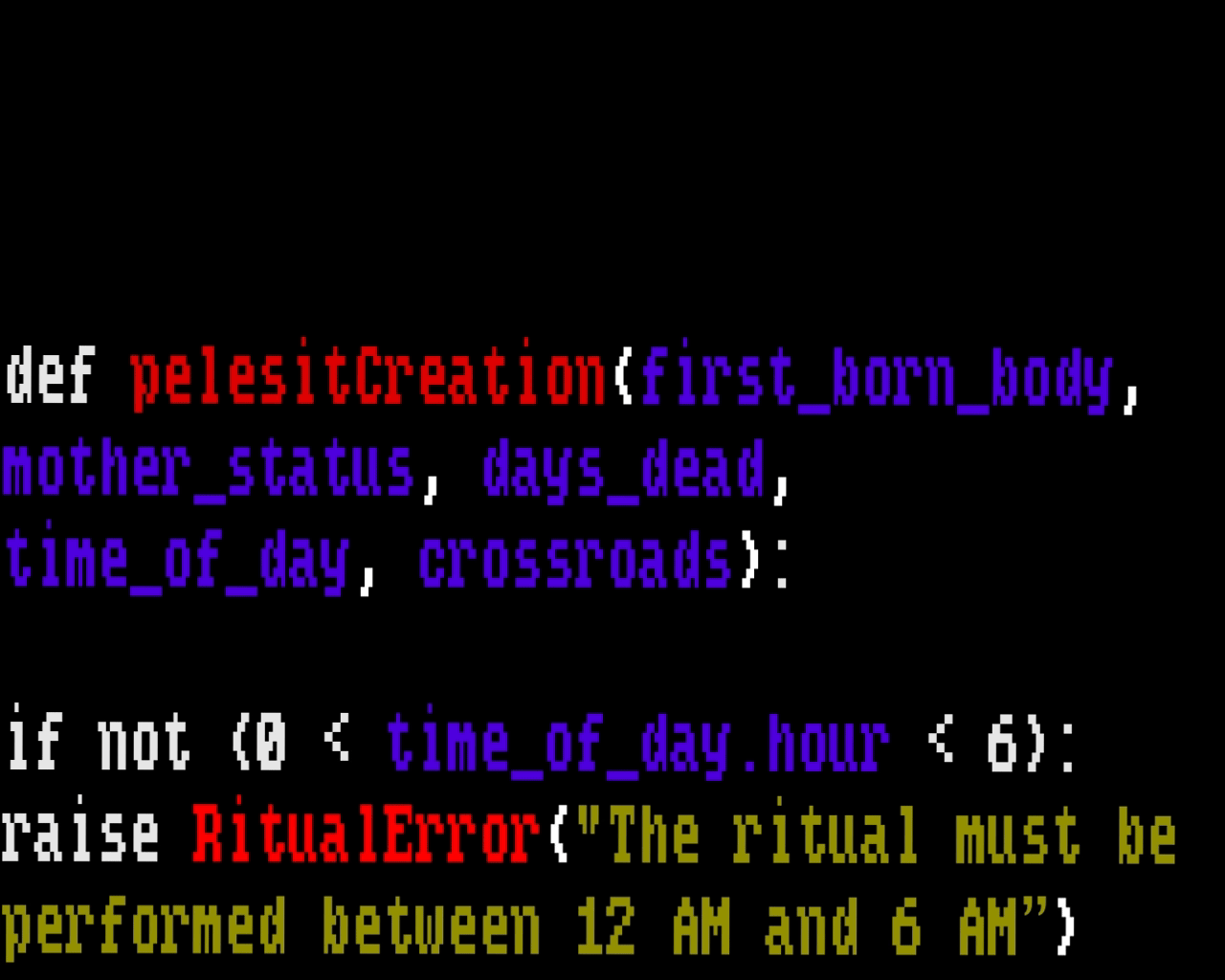
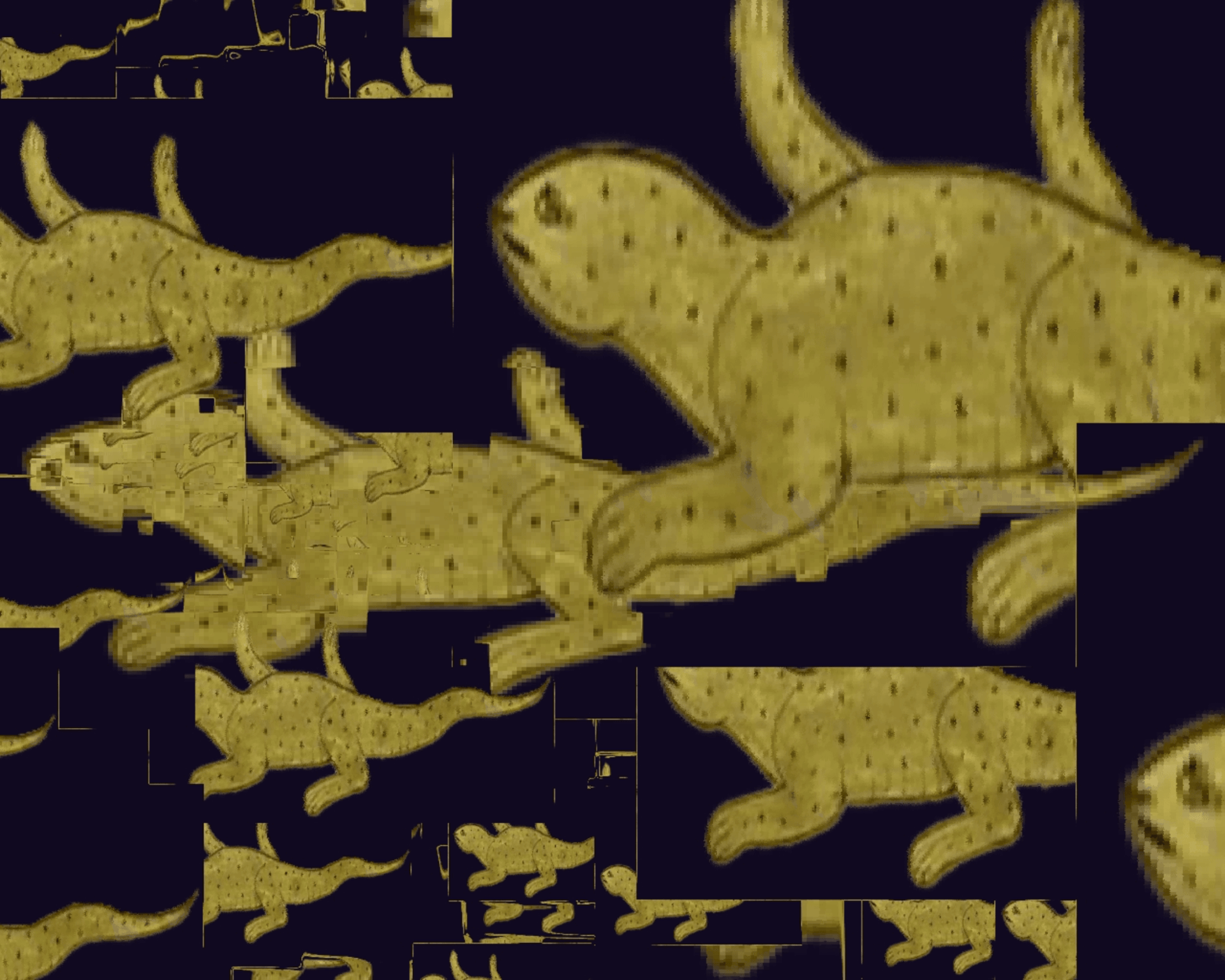
AI as a Conjuring Tool
k Speaking to the Dead: After feeding ChatGPT my dead grandpa's 'digital remains' from Facebook, I 'conjured' his spirit through an animated AI avatar (powered by HeyGen and ElevenLabs) to discuss feminism, tech and violence.
m AI-Generated Soundscape: The performance used 100% AI-generated audio. By creating an 'uncanny valley of sound', a familiar yet completely artificial soundscape, I wanted to amplify the ideological overlap between the digital and the horrific.
L Coding a Ritual: Transformed a summoning ritual into a coded function, using ChatGPT to test AI’s grasp of esoteric logic. By posing absurd intersections (e.g. “What if being a first-born was an exponent?”), I pushed the AI to navigate the uncanny space between folklore and computation.
This year, I will adapting this work into a public art installation for Nuit Blanche, so stay tuned :). You can find the full script on my Substack.
